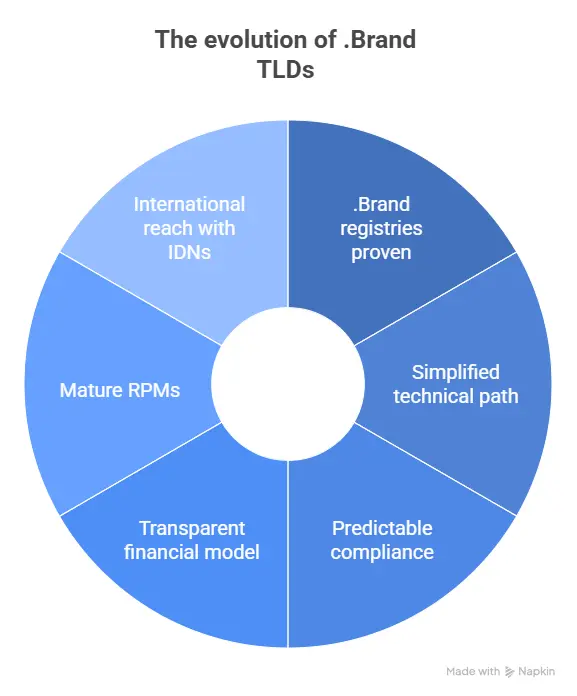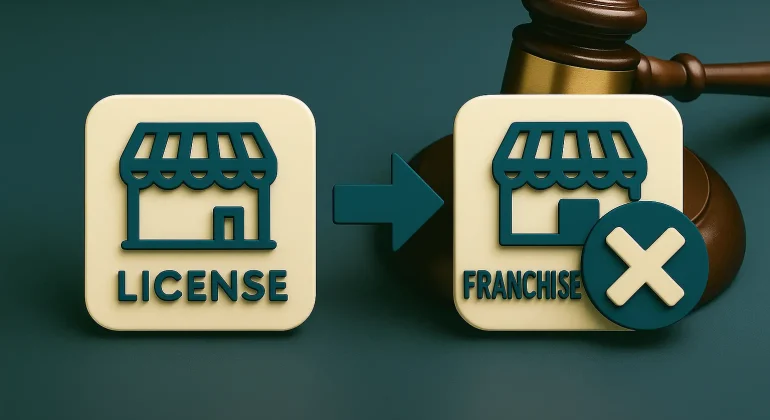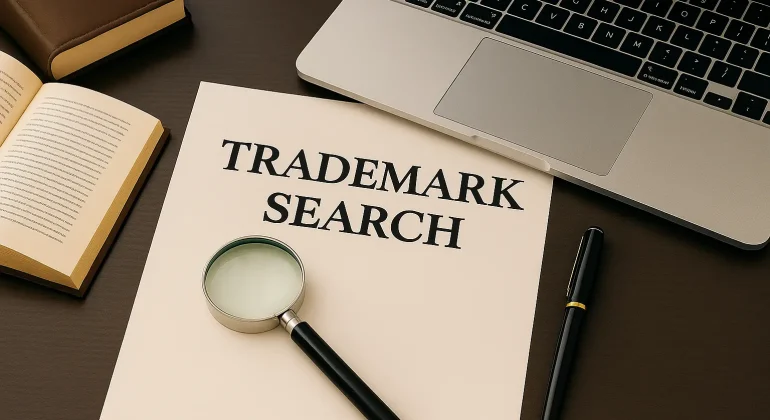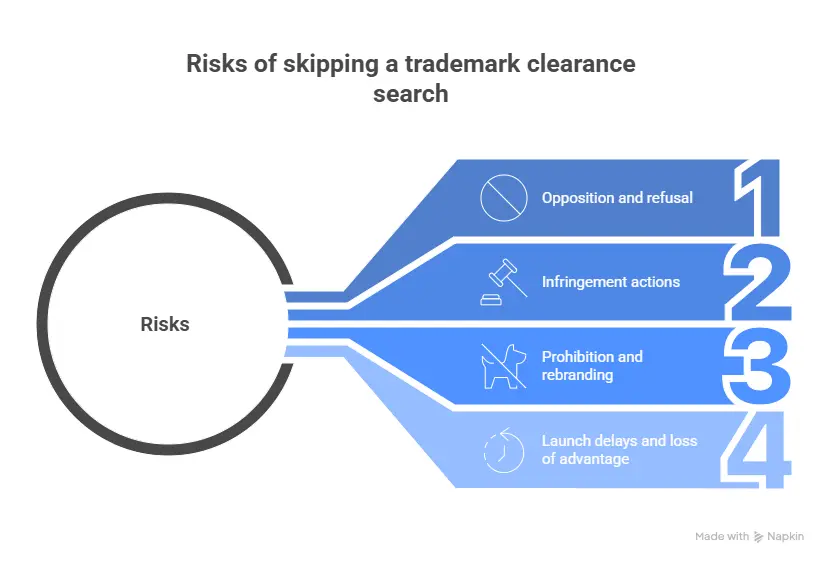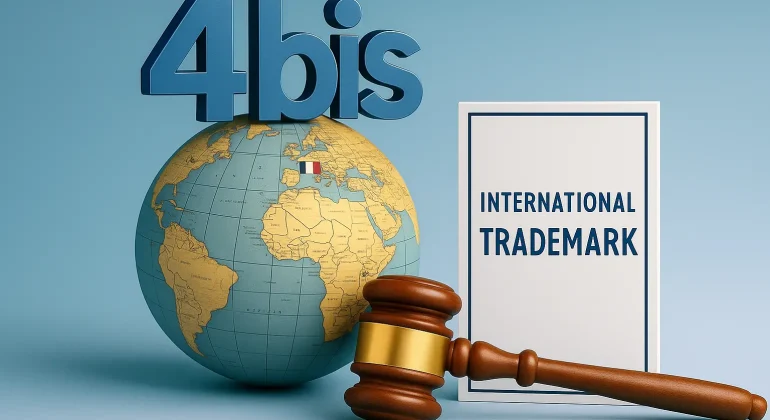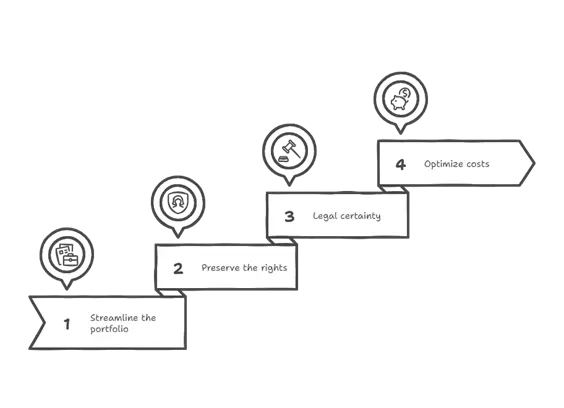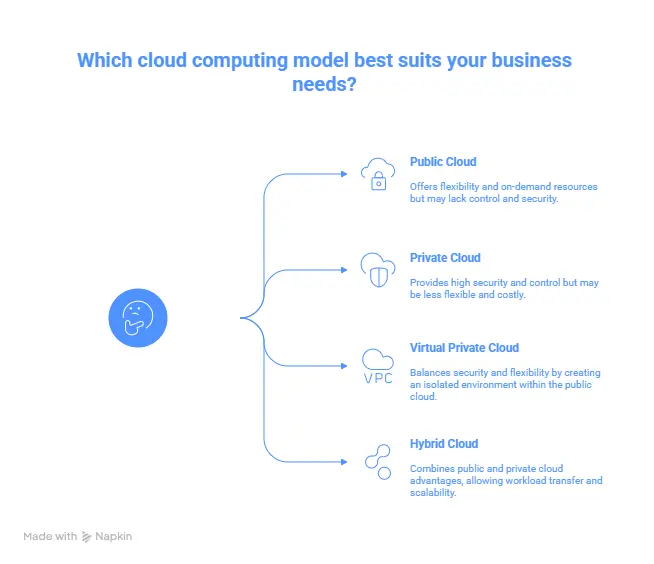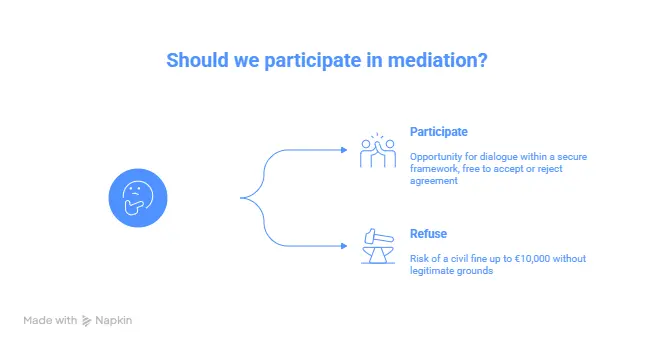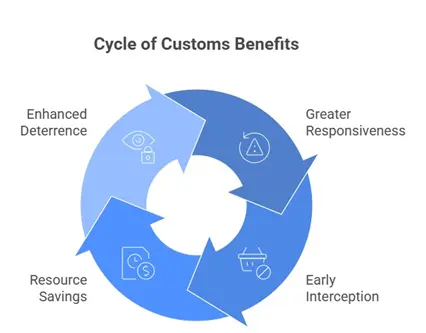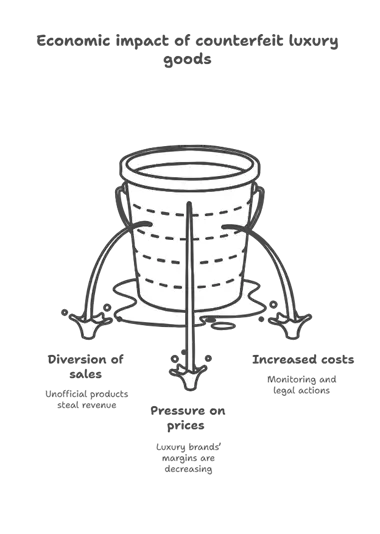The new gTLD program: What has changed since 2012?
Introduction
The Internet’s naming system is expanding again. After the landmark 2012 round of new gTLD applications (which saw more than 1,900 applications and over 1,200 delegated domains), the Internet Corporation for Assigned Names and Numbers (ICANN) is preparing to open the Next Round of the New generic Top-Level Domain (New gTLD) Program in April 2026.
Much has changed since 2012: the rules, the support mechanisms, the financial model, and the governance structure. For businesses, communities, and organizations considering applying for their own top-level domain (TLD), preparation today is essential.
Key changes from 2012 to the 2026 round
- Updated Applicant Guidebook (AGB)
In 2012, the Applicant Guidebook (AGB) (will add link) was introduced for the first time, with a steep learning curve.
For the 2026 round, ICANN has committed to publishing a new version of the AGB in mid-2025. This updated guide clarifies evaluation criteria, dispute procedures, and timelines.
- Applicant Support Program (ASP)
The Applicant Support Program (ASP) is already open and accepting applications as of November 2024, well before the main round. The ASP provides financial aid and non-financial assistance to applicants from developing regions or with limited resources. Several applications have already been submitted under this track, showing growing interest from communities that were largely absent in 2012.
- Registry Service Provider (RSP) Evaluation Program
In 2012, every applicant’s backend provider was evaluated separately, creating redundancies.
The RSP Evaluation Program, which also opened in November 2024, is now active. Providers can undergo one pre-evaluation, and applicants can then choose from this pool of approved providers.
This reduces duplication, speeds up the process, and provides greater assurance to ICANN and applicants alike.
- Governance, planning, and budget
The 2012 round faced criticism for backlogs and unclear governance. In the Next Round, ICANN is implementing a multi-year plan, with four workstreams and nine projects, alongside structured risk management. The ICANN Board has allocated $70 million for implementation, of which $45 million has already been deployed.
- Internationalized Domain Names (IDN) and Root Zone Label Rules
In 2012, IDN applications were allowed but not uniformly regulated. The Root Zone Label Generation Rules (RZ-LGR) Version 6, which defines valid top-level IDN labels, has been updated to include the Thaana script, representing the 27th script in the RZ-LGR. This expansion allows for the introduction of new IDN gTLDs in previously unsupported scripts. Communities continue to define rules for additional scripts to be adopted.
- Application fees
In 2012, the application fee was 185,000 USD. For the 2026 round, the expected fee is around 227,000 USD. However, there will be various additional fees applicable to certain types of applications, while objections, challenges and appeals will require additional fees. In order to keep the price as stable as possible ICANN has put in place the Registry Service Provider Evaluation Program and the re-ordering of the evaluation timeline to deal with contention resolutions early in the process.
How to prepare for the 2026 application window
- Study the framework and monitor updates
The 2012 AGB remains a valuable reference. The new AGB draft is due in 2025, applicants should watch for its release and adjust their strategy accordingly.
- Engage with support programs now
- Applicant Support Program (ASP): Already open since November 2024 and currently receiving applications.
- RSP Evaluation Program: Active since November 2024. Applicants should ensure that their chosen backend provider is pre-evaluated.
- Build a robust application strategy
Applicants must demonstrate:
A clear governance model for the proposed TLD.
Technical and operational capacity (with or without an RSP).
Financial sustainability.
Public interest commitments where relevant.
- Coordinate with language or community groups
For IDN applications, confirm that your script is covered by the RZ-LGR. If not, engage early with linguistic communities.
- Assemble your team and advisors
Legal, financial, and technical expertise are critical. Many applicants are already turning to specialized consultants and law firms to prepare complete applications.
- Stay informed
ICANN continues to release regular status updates at each public meeting. These documents are essential for aligning with evolving requirements and timelines.
What’s different for brand owners in 2026
The 2012 round was the first time businesses could apply for “.brand” top-level domains (TLDs). Many companies hesitated, viewing the model as experimental. Today, the situation has shifted significantly.
- .Brand registries are proven: More than 500 brands now operate their own TLDs, such as .bmw .microsoft, .fox, .amazon, and .sky. Lessons learned over the past decade show clear branding and security benefits, while also clarifying operational challenges.
- Simplified technical path: In 2012, brand owners had to secure bespoke backend technical evaluations. With the new Registry Service Provider (RSP) Evaluation Program, companies can rely on pre-approved providers, lowering technical and financial barriers.
- Predictable compliance: ICANN now enforces Public Interest Commitments and registry obligations with a decade of experience. Brand TLD owners can expect more consistency, but also tighter oversight.
- Transparent financial model: Fees are higher (expected around USD 227,000) but clearer. Ongoing costs are better defined, enabling more accurate long-term planning.
- Rights Protection Mechanisms (RPMs) are mature: The Trademark Clearinghouse, Sunrise, and dispute systems that debuted in 2012 are now well established. This maturity reduces risk for brand TLDs and provides stronger enforcement tools.
- International reach with IDNs: Non-Latin scripts (Chinese, Arabic, Cyrillic, etc.) can now be applied for under the Root Zone Label Generation Rules. Global brands gain more opportunities for consistent identity across markets.
For brand owners, the Next Round represents a shift from “exploration” to strategic necessity. Owning a TLD is increasingly tied to digital trust, consumer engagement, and long-term sovereignty over online identity.
Conclusion
The Next Round of new gTLDs, opening in April 2026, is a more structured, better funded, and more inclusive process than was the 2012 round. With the Applicant Support Program and RSP Evaluation Program already underway the window for early preparation is open now.
The time to act is now. For businesses, communities, and innovators, owning a TLD is not only about branding, but also about digital trust, sovereignty, and long-term visibility.
Dreyfus & Associates works in partnership with a global network of Intellectual Property law firms.
Nathalie Dreyfus, with the support of the entire Dreyfus team
FAQ
What is the New gTLD Program and why is it important in 2026?
The New gTLD Program allows businesses, communities, and organizations to apply for their own top-level domain. The 2026 round is more structured, better funded, and more inclusive than the 2012 round, making preparation essential.
How much does it cost to apply for a new gTLD in 2026?
The expected application fee is around USD 227,000, higher than the USD 185,000 charged in 2012. Additional fees may apply for objections, challenges, or appeals.
What support programs are available for applicants?
Two programs are already active: the Applicant Support Program (ASP), which provides financial and technical aid for applicants from developing regions, and the Registry Service Provider (RSP) Evaluation Program, which pre-approves backend providers.
What opportunities exist for brand owners?
Over 500 brands (.bmw, .microsoft, .amazon) already operate their own registries. In 2026, brand owners benefit from simplified technical requirements, predictable compliance, mature rights protection mechanisms, and new opportunities with IDNs.
How can companies prepare for the 2026 application window?
Preparation should include studying the upcoming Applicant Guidebook, engaging with ASP and RSP programs, building a robust governance and financial model, working with advisors, and monitoring ICANN updates.


